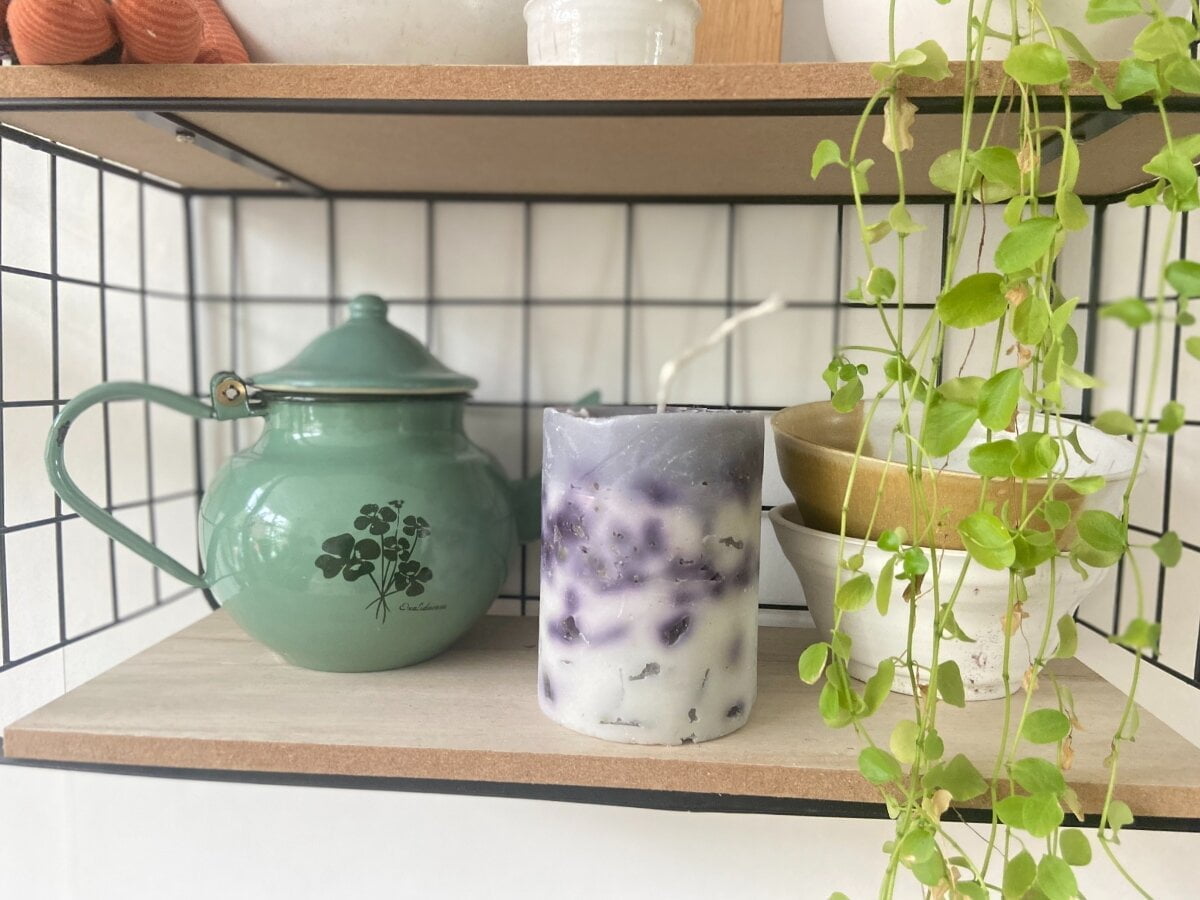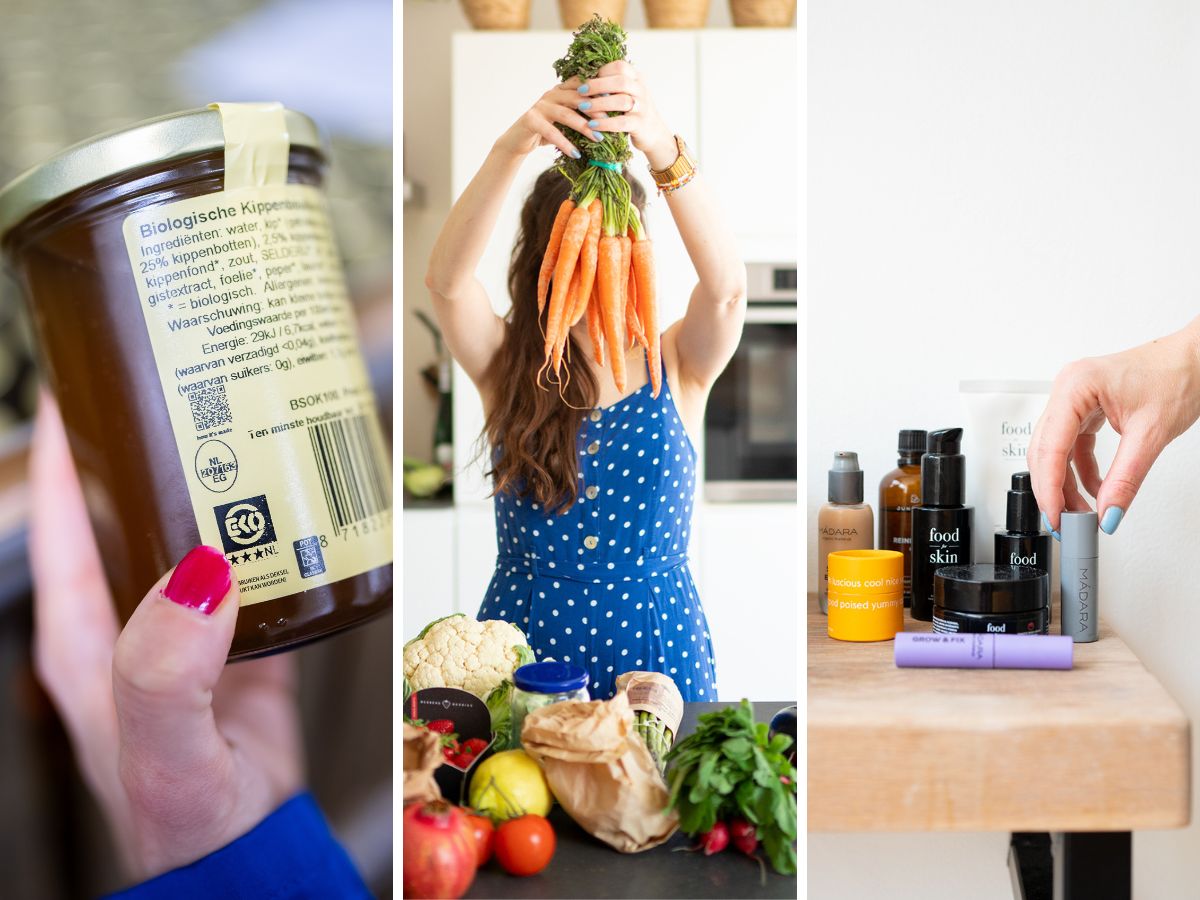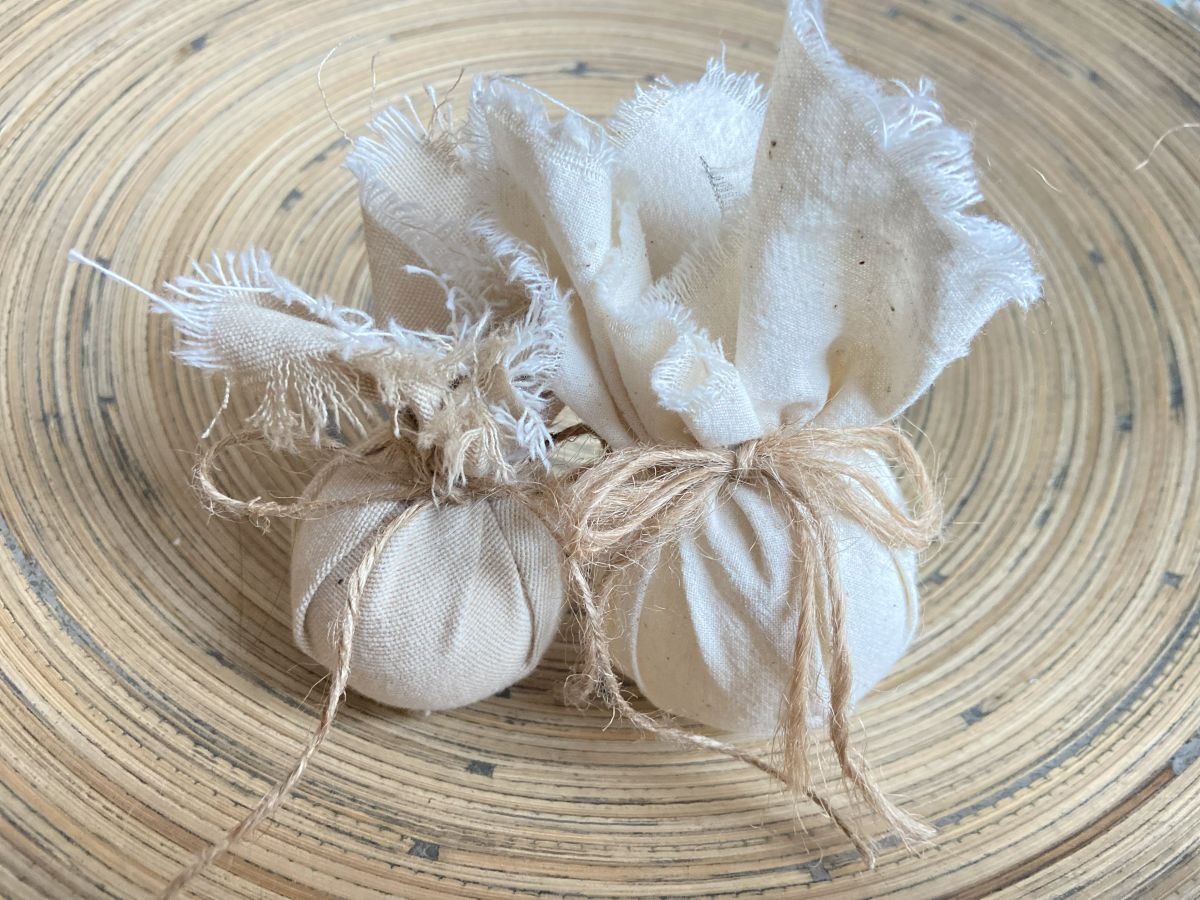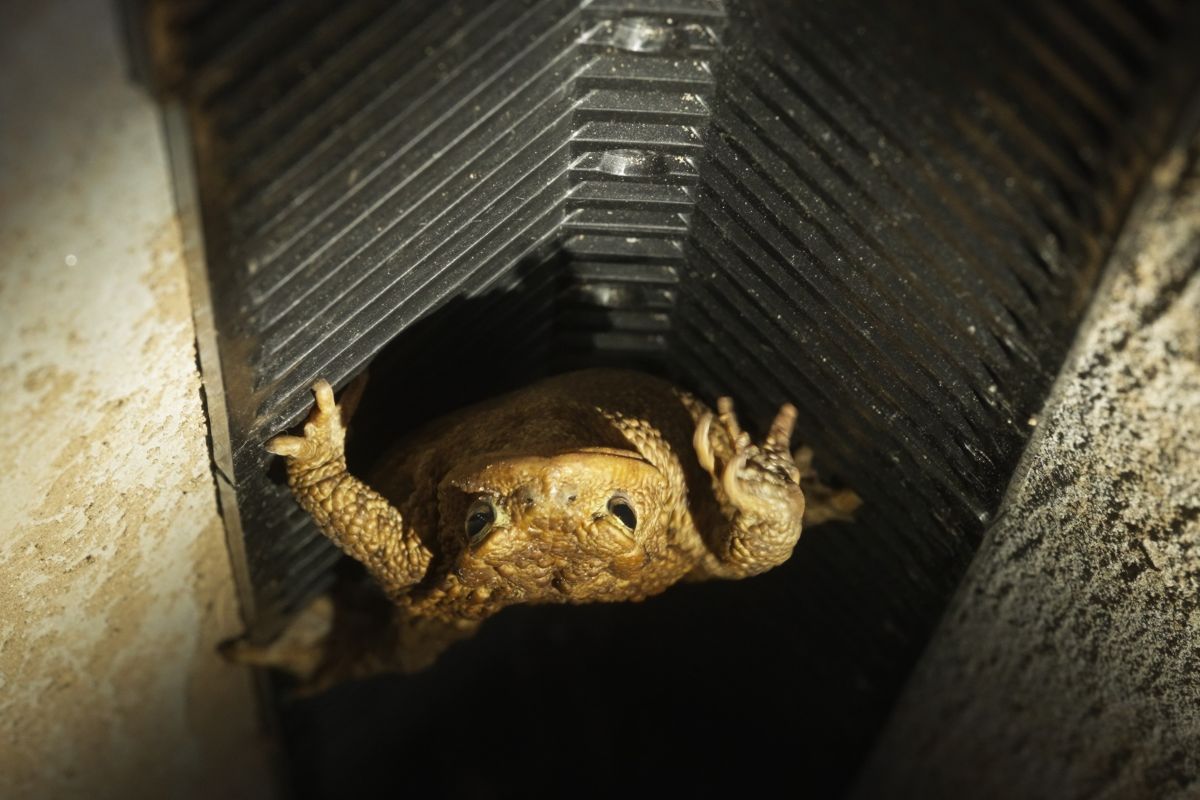Candles are not only nice during all rainy and dark winter days, but also in summer. For example, on the balcony or in the garden during a balmy night. Although candles are very cosy and cosy, they are not always good for the environment and not always good for your health either. This is because burning candles releases toxic substances. What are candles actually made of and how can you make a sustainable choice? And how can you safely enjoy your eco-friendly candles? In this article, we tell you all about it.
What are regular candles made of?
Most candles you buy in a regular (home) shop are made of paraffin or stearin. Some candles are made of a combination of paraffin and stearin. First a word about paraffin. This is a residual product left over from the processing of petroleum. Doesn't sound too healthy, and it isn't. When you light paraffin candles in your home, it releases fossil fuels such as benzene and toluene. This is not only very harmful to the environment, but also to your own health. That is why it is always recommended to properly ventilate the room you light candles in and to stop using candles in case of allergic reactions. At the moment, further research is being done to find out the exact amount of harmful substances that can be released.


So behind such a cosy candle can be a less cosy story.
Back to stearin, what about it exactly? Stearine consists of fatty acids from animal or vegetable fat. It is extracted from offal of chickens, cows and pigs. Doesn't sound very appetising, does it? That these candles have a smell to them was revealed a few years back by An episode of Keuringsdienst van Waarde. Be warned though: this is an intense episode and is guaranteed to make you look at regular candles with different eyes.
Fortunately, fewer and fewer candles are made from animal fat and more and more from a plant-based alternative. Unfortunately, that alternative is often not sustainable either, as these candles consist of palm oil. Large areas of rainforest are cut down for the production of palm oil. There is more sustainable palm oil, but as with the production of bamboo, there are still sometimes tampered with certificates. If you come across a candle in the shop, you can check whether it has an RSPO seal. That is the hallmark for better palm oil. The tricky thing is that by no means all products have this quality mark, even if the palm oil is more sustainably sourced.
These are the sustainable alternatives
So it is still quite a search for suitable eco-friendly candles. Another common type of candle is one made of beeswax. These yellow candles do not emit harmful substances, but are usually not exactly animal-friendly. Want to know more about them? Previously, we investigated whether sustainable honey actually exists. Back to beeswax candles: many are diluted with paraffin. Funnily enough, you can already call a candle a beeswax candle if it contains just over half (51%) of beeswax. So the other half of the candle can contain all sorts of crap, which means your natural candle is suddenly not so eco-friendly after all. If you are looking for beautiful beeswax candles, check out Dipam or The mice.


Candles made from soy, or even better: organic soy, is a good choice!
What about animal-friendly alternatives? Let's start with soy wax, which is made from the oil of soybeans. Soya is not always produced sustainably. Therefore, it is important to pay attention to the label. Does the soy come from organic farming? And does the candle really consist of 100% soy wax? Or is it mixed with the cheaper raw materials paraffin or palm oil? Always choose 100% soy candles. For this, you can, for instance, go to the Dutch brands Burn Candles or We Love The Planet justified.
The biggest disadvantage of soy is the long distance this raw material has to travel before it arrives in the Netherlands. This causes a lot of CO2 emissions. Good closer options are candles made of rapeseed wax or rapeseed wax. Rapeseed wax comes from the oil of the rapeseed plant. Rapeseed simply grows in the Netherlands, but also in Germany and France, for example. You can buy eco-friendly candles made of rapeseed wax at, among others Brassicandles. Rapeseed wax also grows throughout Europe. Both crops are grown in fields that lie fallow for several years to prevent crop diseases. Moreover, the plants also attract many bees and other insects, which is good for biodiversity. For sustainable rapeseed wax candles, take a look in the webshop of Very Good Candle Company Or at Dipam which we tipped earlier at beeswax.
Rules for candles
Did you know that candles also have to meet certain EU requirements? Many people do not know this and making and selling candles yourself seems very easy, but can therefore be quite dangerous. We learned this from Fuse & Light, they make sustainable candles from rapeseed and soy wax. Candle maker Sabrina: ‘A friend bought a candle from someone who made candles herself but did not test them, so the glass jumped due to heat, with all the consequences. For example, the requirements are that a flame of the candle should not be higher than 3 centimetres and soot emissions should not be high either.’ So if you go for a sustainable candle, do choose a professional maker, is the tip. And not a hobbyist.
What exactly about scented candles?
You only have to step into an average home furnishing shop or you will be inundated with scented candles of all shapes and flavours. Vanilla, strawberry or mango, you name it and it is sold. These almost always use synthetic fragrances, which may contain harmful chemicals such as phthalates or parabens. Would you like to buy scented candles? Then always make sure the candles are made with natural fragrances. For this, check out one of the brands mentioned earlier. The scent of these candles will be a little weaker, but they are a lot better for you and for the earth.
Tea lights
Quickly grab some tea lights to decorate the dining table. It's easy, isn't it? Tea lights are made from the same raw materials as dinner or stub candles, but are often contained in an aluminium cup. The raw material used for this is bauxite. Producing the cups costs a lot of energy and you throw them away after just one use. In short: choose tea lights without aluminium cups and put them in nice glasses, cups or holders. Of course, you can also make or paint these yourself. Which brings us straight to the next topic, because you can also make sustainable candles yourself!


Homemade candles from candle scraps our DIY expert Melanie.
Get creative and make your own eco-friendly candles
Anyone who burns candles from time to time will recognise it. The wick has burned out, but you still have quite a bit of your stub candle left. A one-way bin? No need for that! You can easily make new sustainable candles from the leftovers. Also a great activity to do with your (grand)children! What do you need? Collect candle wicks, the leftover candle wax, nice cups or glasses and two pans. It works as follows: melt the leftover candle wax together in one of the pans au bain-marie. Dip a wick into the candle wax. Then hold the wick straight in one of the cups or glasses. Pour the liquid candle wax around it. Once the candle wax has solidified a little, you can release the wick. And your new eco-friendly candle is ready! Of course, you can also paint the cups or glasses, mix different types of candle wax for a fun colour effect, and so on. In this article, we have detailed instructions for you to make new candles from candle scraps.
This is how to safely burn your eco-friendly candles
After reading this article, you can confidently buy and burn beautiful eco-friendly candles. The sustainable alternative is slightly more expensive, but both your own health and the environment will benefit immensely. Enjoy your sustainable candles! Oh, and of course remember: don't put candles within reach of small children or pets, don't light too many at once and extinguish them when you leave your home. It is also wise to ventilate your home well, for instance by opening air vents or leaving your windows ajar.
More sustainable tips from thegreenlist.nl
- During cold days, what could be nicer than a hot cup of tea? You can also choose tea more sustainably.
- Something most of us use often: our smartphone. But what exactly is its negative impact?
- Ever heard of PFAS? In this article, you will find out what they are and how to avoid them.
Sources: Radar, WhereWhatIn, Keuringsdienst van Waarde. Photo credits: main image and photos homemade candles: Melanie de Oliveira, candle on dining table: Mel Maldonado Turner (Unsplash), candles with smoke: Cottonbro Studio (Pexels), soybeans: Daniela Paola Alchapar (Unsplash), candle in glass: Ekaterina Bolovtsova (Pexels).






